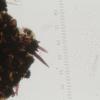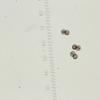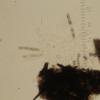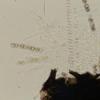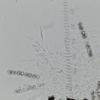
30-12-2025 16:44
Pascal DucosBonjour,Une anamorphe rose stipitée, très nombre

30-12-2025 17:14
 Bernard CLESSE
Bernard CLESSE
Bonjour à toutes et tous,Pourriez-vous aider Albe

29-12-2025 10:15
Hulda Caroline HolteHello, I found and collected this propoloid ascom

30-12-2025 09:04
Hello.A Pyrenomycete sprouting sparsely but very d

29-12-2025 17:44
Isabelle CharissouBonjour,J'aimerais savoir si d'autres personnes au

12-11-2021 00:03
Lepista ZacariasHi everybody,A week ago in my fiels trip I noticed

29-12-2025 17:12
 Bernard CLESSE
Bernard CLESSE
Bonjour à toutes et tous,Pourriez-vous m'aider à
Hello,
I am struggling with a very characteristic ascomycete. Maybe someone can provide a clue. It is probably cleistothecial. The ascomata are globose, non-collabent when dry, with short setae, and appear to be associated with a reddish brown anamorphic state, which can be seen in the macro photos. The spores are very characteristic, ovoid in outline, 1-septate, and brown, 5-5.5 x 4-4.5 µm. Asci unitunicate without a well developed apical apparatus, IKI and KOH + IKI negative. Found inside Sambucus bark in Sweden. Scale bars = 10 um.
Many thanks in advance!
Ibai.
Thank you Thomas!
I will search in that direction.
Cheers,
Ibai.
I have found something similar in PEI Canada. Check Reblova, 2002. Synaptospora olandica. Sydowia 54:282-285.
Good luck.
Adrian Carter
Thank you for the tips! Yes, it must be a Synaptospora. Following Reblova´s key in Sydowia, it keys out as S. olandica, but I did not see spores fusing in pairs, and they look like darker even within asci. The anarmorph state I have seen fits the one described by Reblova for S. olandica, but the conidia were not septate. I will leave it as S. cf. olandica for now.
Thank you all!
Cheers,
Ibai.

OOOOH hey, maybe you can send me this collection for study? It is maybe the same found on freshwater logs in austria, where I did not manage to find any more fruitbodies.
This species was originally identified by Fournier with probably acuatic ecology. I think we do not know if it really belongs to Helminthosphaeria, but I guess it does.
regards,
björn
Oh yes, thanks! Your fungus looks the same! The specimen is in UPS but I can try to make it available for you. I will email you privately on this.
Cheers!
Ibai.
I accidentally collected something similar but it is probably closer to Synaptospora olandica. It was not on a broad-leaved tree but on the bare wood of Picea abies (mountain forest in the Czech Republic). Sporocarps are clearly less than 0.5 mm wide, max. 0.2 - 0.3 mm. Photos and a drawing are attached.
I have no experience with these species. What do you think about it?
Thanks,
Vaclav

to ID an unkwon ascomycete, photos of microstructures will always help. I can hardly interpret how the spores had looked like under the microscope, each species has its own characteristics, even if these are very inconspicuous. On drawings these features get lost quickly (unless you draw so brilliantly that it looks like a photo...).
regards,
björn



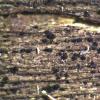
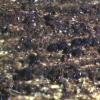
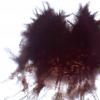
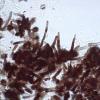
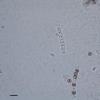
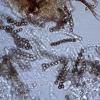
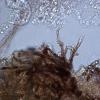
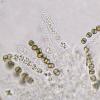
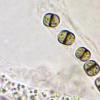
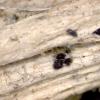
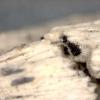
 synaptospora-0002.PDF
synaptospora-0002.PDF